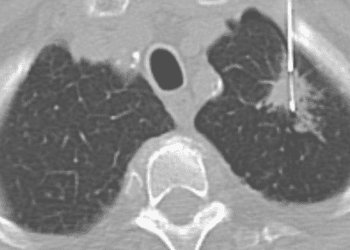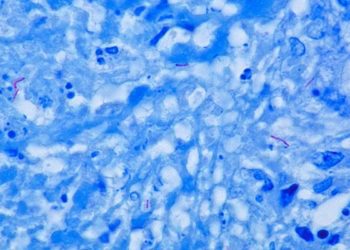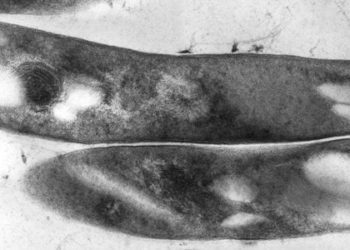Shorter pediatric tuberculosis treatment linked to higher completion rates
1. Children with tuberculosis (TB) who received 3 months of directly observed preventative therapy (DOPT) were >25 times more likely to complete their treatment regimen than those who received 9 months of self-administered therapy (SAT).
2. Children who received 9-month isoniazid therapy via DOPT had >30% higher rates of completion than those who received 9 months of SAT.
Evidence Rating Level: 2 (Good)
Study Rundown: Despite safety and efficacy of medication regimens to treat TB, therapy completion rates in the pediatric population remain low. Previous studies suggest barriers, including long treatment courses and reliance on self-administrating medications, may play a role in low treatment adherence. In this study, researchers collected data from children who were prescribed 1 of 3 different treatment regimens at an urban United States (U.S.) TB clinic to compare trends in therapy completion and medication safety profiles. Results showed that patients who were prescribed shorter courses (3 or 4 months) had higher completion rates compared to those on 9-month therapies. Among those who received treatment for 9 months, patients who received DOPT had >30% higher completion rates than those whose received SAT. Patients on 9 months of isoniazid therapy reported more AEs than those on 3 months of isoniazid + rifapentine, or 4 months of rifampin. This study is limited by lack of randomization to treatment group; therefore, there may be unknown factors which influenced both adherence rates and treatment regimen choice. Nonetheless, these findings suggest patients are more likely to complete short-course TB therapies than the traditional 9-month daily isoniazid regimen, especially if treatment is administered via DOPT rather than SAT.
Click to read the study, published today in Pediatrics
In-depth [retrospective cohort]: Study investigators collected data from 667 children ages 0 to 18 years prescribed 1 of 3 TB treatment regimens at a TB clinic in a large US urban metropolis between 2014 and 2017. Treatment options included the traditionally recommended 9 months of daily isoniazid (9H), 4 months of daily rifampin (4R) or 3 months of once weekly isoniazid and rifapentine (3HP). 3HP was only administered as DOPT in patients ≥2 years old, while 9H and 4R could be administered as SAT or DOPT in children of any age. 3HP was the most commonly prescribed regimen (42.4%) followed by 9H (37.8%) and 4R (19.8%). Patients on 9H tended to be significantly younger than children on the other regimens (mean 4.5 years versus 11.2 years, P<.0001). 9H use significantly decreased over the study period while 3HP use significantly increased (P<.0001). The odds of therapy completion among those on 3HP were 27.4 times greater than for those on 9H SAT (96.8% vs. 52.6%, 95% CI 11.8 – 63.7). Children on 9H demonstrated significantly higher completion rates when treatment was administered under DOPT than under SAT (89% and 52.6% respectively, OR 7.11, 95%). 4R and 3HP under DOPT had similar completion rates (OR 1.12, 95% CI 3.54-14.28).
Image: P
©2018 2 Minute Medicine, Inc. All rights reserved. No works may be reproduced without expressed written consent from 2 Minute Medicine, Inc. Inquire about licensing here. No article should be construed as medical advice and is not intended as such by the authors or by 2 Minute Medicine, Inc.







